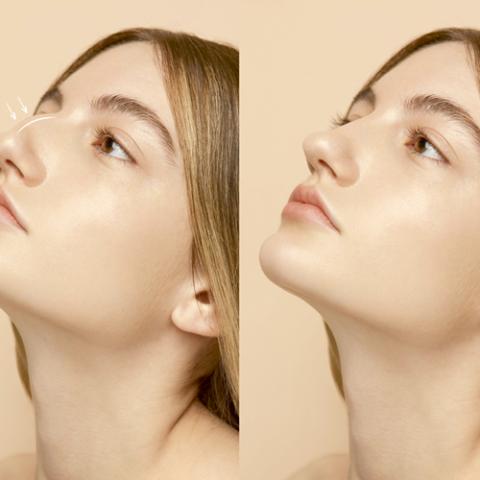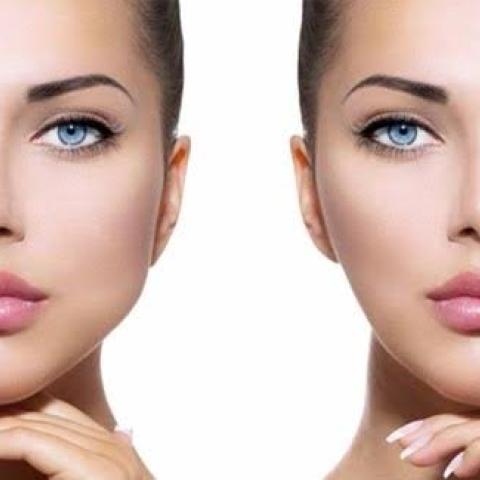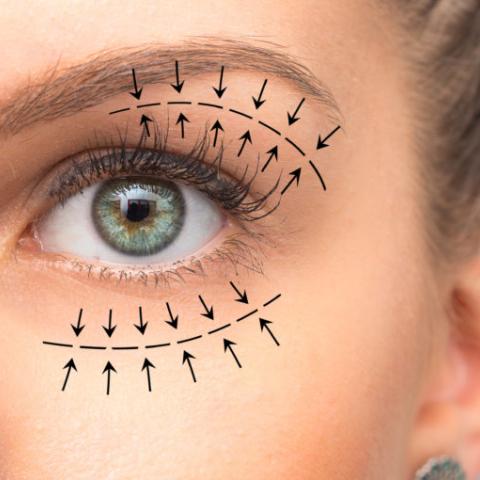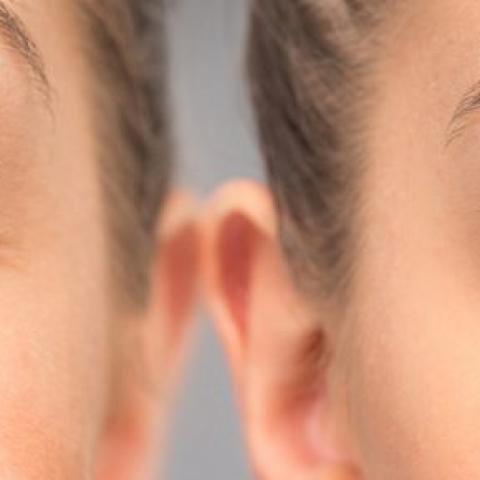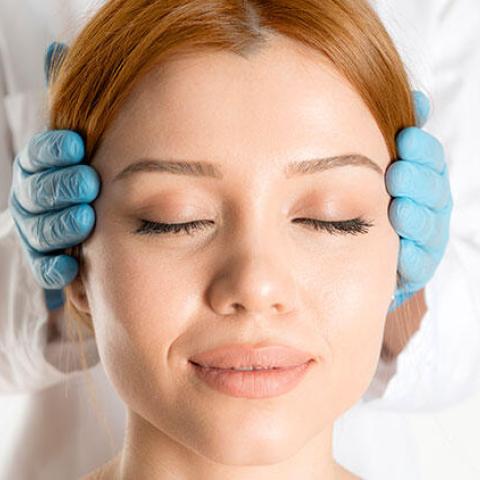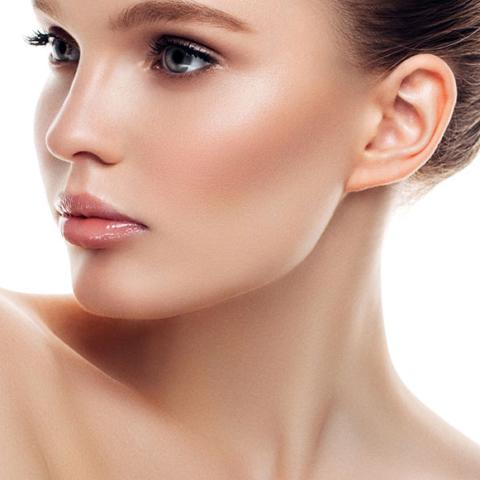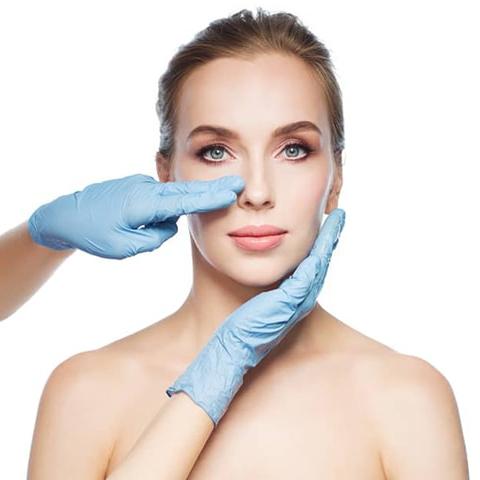Bichectomy Procedure

Bichat bags or balls are two well-defined clusters of fatty tissue, located in the each cheek, just below the cheekbones and directly related to the buccinator muscle. They have no specific function other than to give volume to the area and can be very different sizes depending on the characteristics of each individual. In childhood these fat deposits generally have greater volume, creating the typical filled-out rounded oval facial outline of a baby or child.
Over the years, this fatty tissue usually begins to shrink slowly. However, the decrease in volume varies in degree from person to person.
Generally in people who have more rounded facial contours, with prominent cheeks and poorly defined cheekbones, these Bichat bags or balls do not atrophy, leaving them undesirably large. Bichectomy counteracts this phenomenon and is a good option for this patient group.
After The Procedure
Recovery is rapid with little discomfort. The patient may experience light inflammation in the inner area of the cheeks and minimal pain when eating or chewing during the first few days after surgery. In rare occasions ecchymosis, or bruising, may appear in the lower area of the cheeks. Therefore, application of ice to the area is recommended during the first two days. Patients should stick to a plain diet and avoid any vigorous physical activity that is likely to cause a rise in temperature or exposure to the sun (such as jogging) for the first week. Medication such as analgesics, antiinflammatories, antibiotics or a gastric protector may be prescribed during the first week.
The stitches will usually come out on their own.
Results
Bichectomy usually succeeds in reducing cheek volume, making the cheekbones and jaw line more prominent and improving facial contours, slimming the face and bringing more harmony to the facial features.
Those undergoing this procedure quickly appear noticeably thinner with greater definition to their face.
Who makes a good candidate for bichectomy?
Any adult in good health who is not happy with the bulging effect of their cheeks, and who seeks more definition, harmony and beauty in their facial features.
The surgeon should evaluate each individual case, providing detailed information and a quote.
Surgery
Resection of Bichat bags or balls, Bichectomy or Buccal fat pad removal, as it is known technically, is a surgical procedure suitable for both men and women, used to withdraw part or all of this fatty tissue. It is removed permanently via a small 1-1.5cm incision in the mucous membrane of the mouth (inside of each cheek), leaving no visible scars and causing minimal discomfort to the patient. The procedure takes approximately 45 minutes and is performed on an outpatient basis under local anaesthetic (it can also be undertaken alongside other plastic surgery procedures).
The surgery is not painful while it is being carried out, nor afterwards; it does not preclude you from carrying out your day-to-day activities or work; it is safe, with a very low risk of complications. The results can be seen from the first week after surgery and are permanent.

